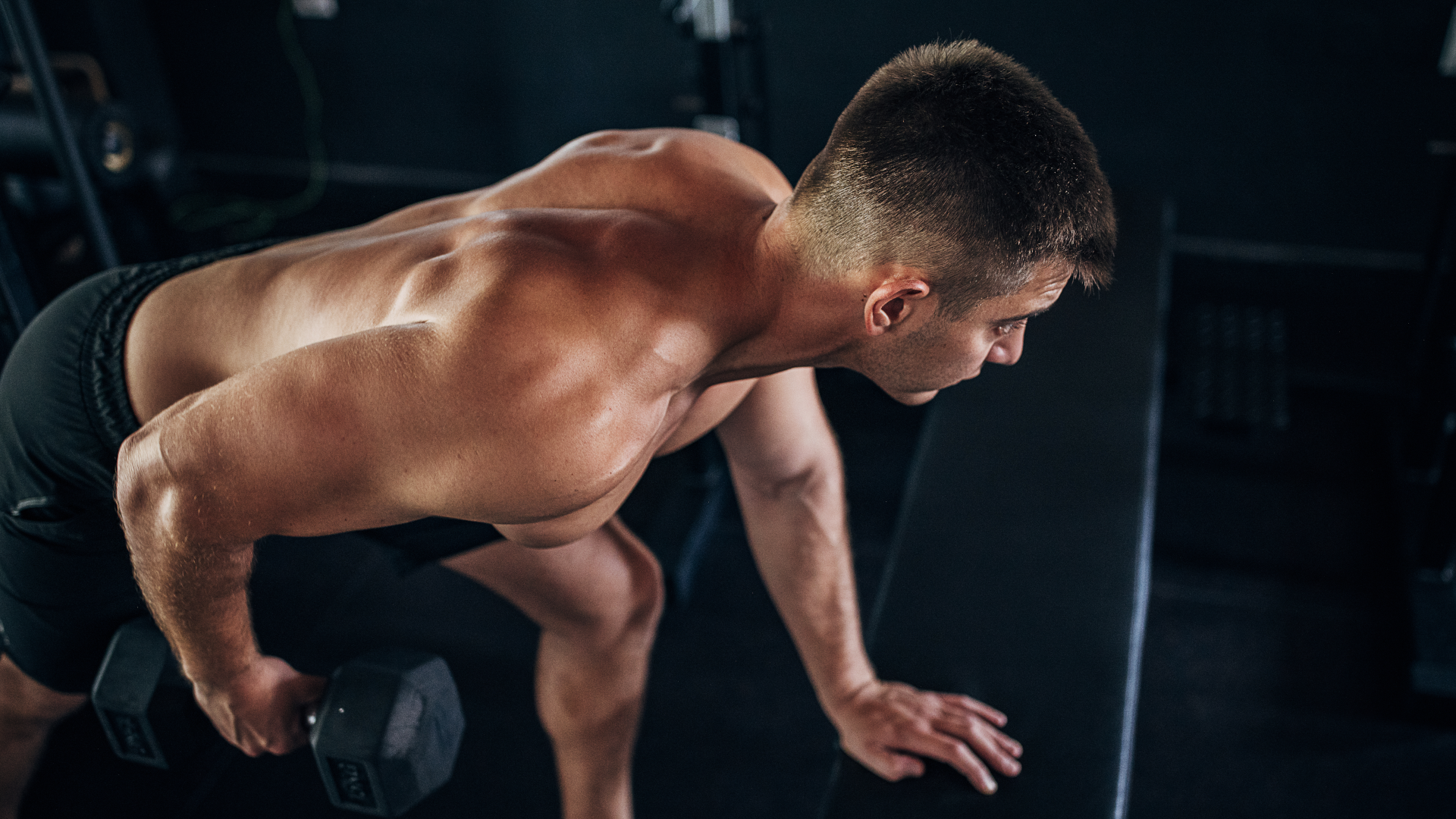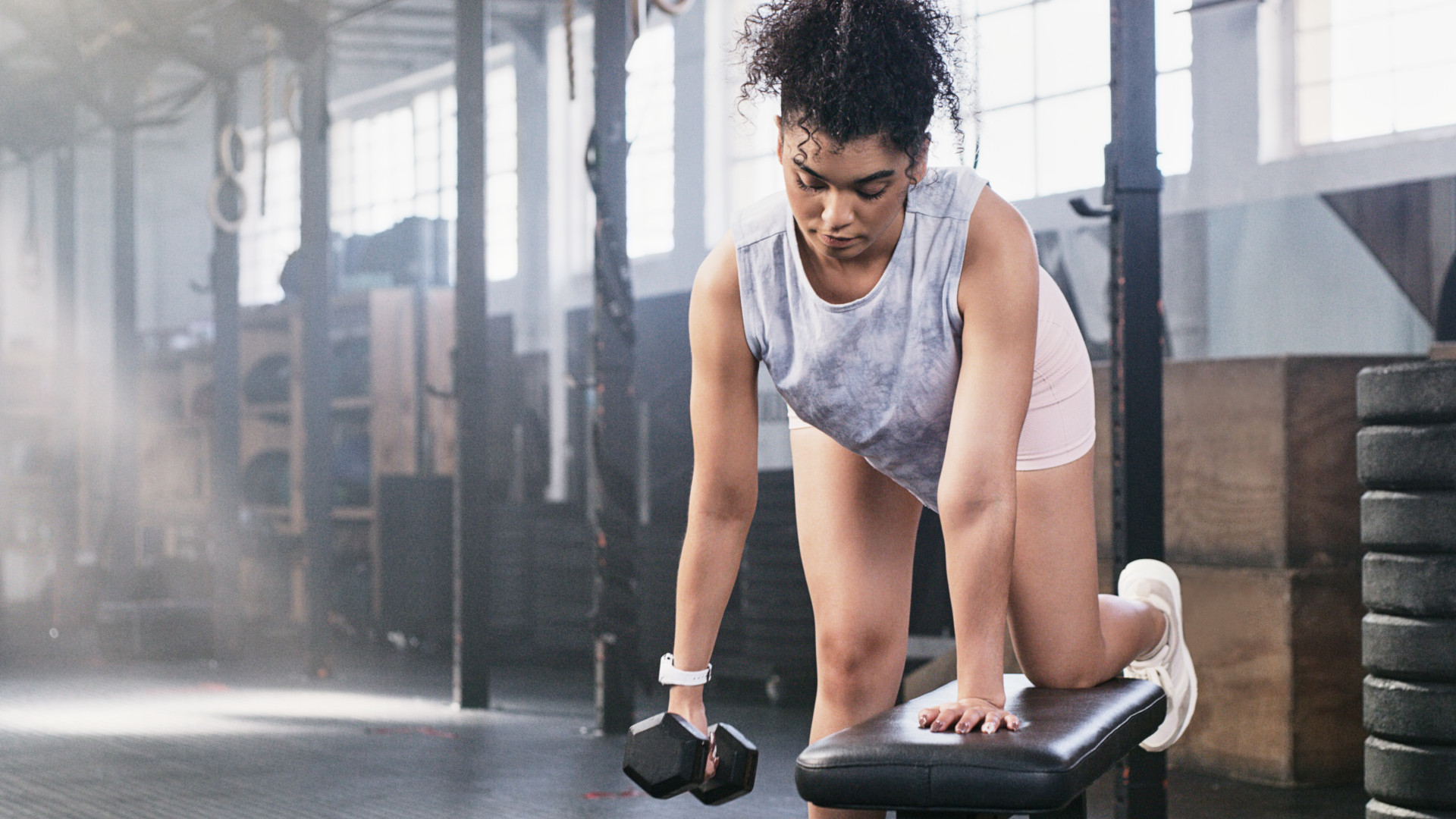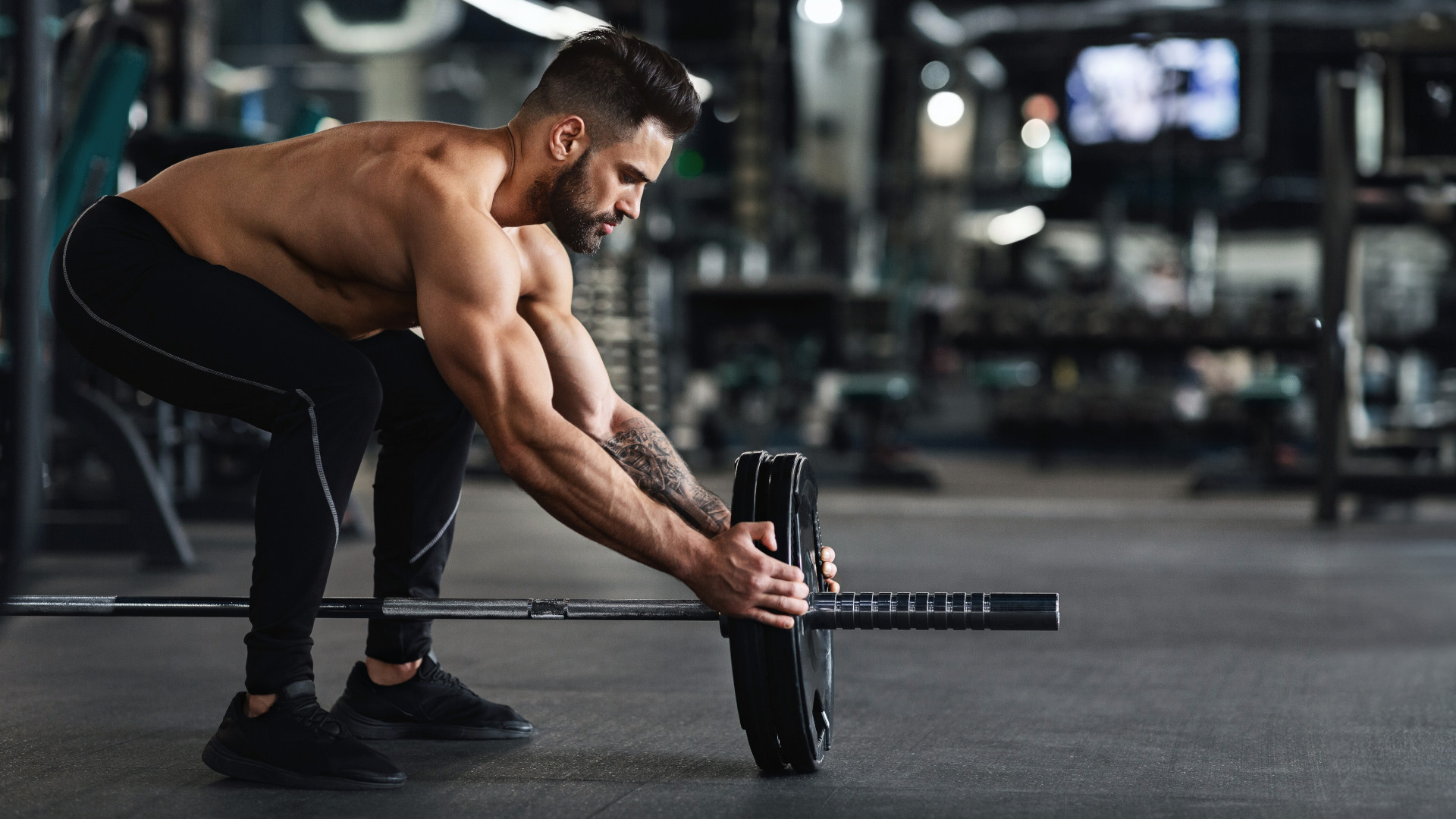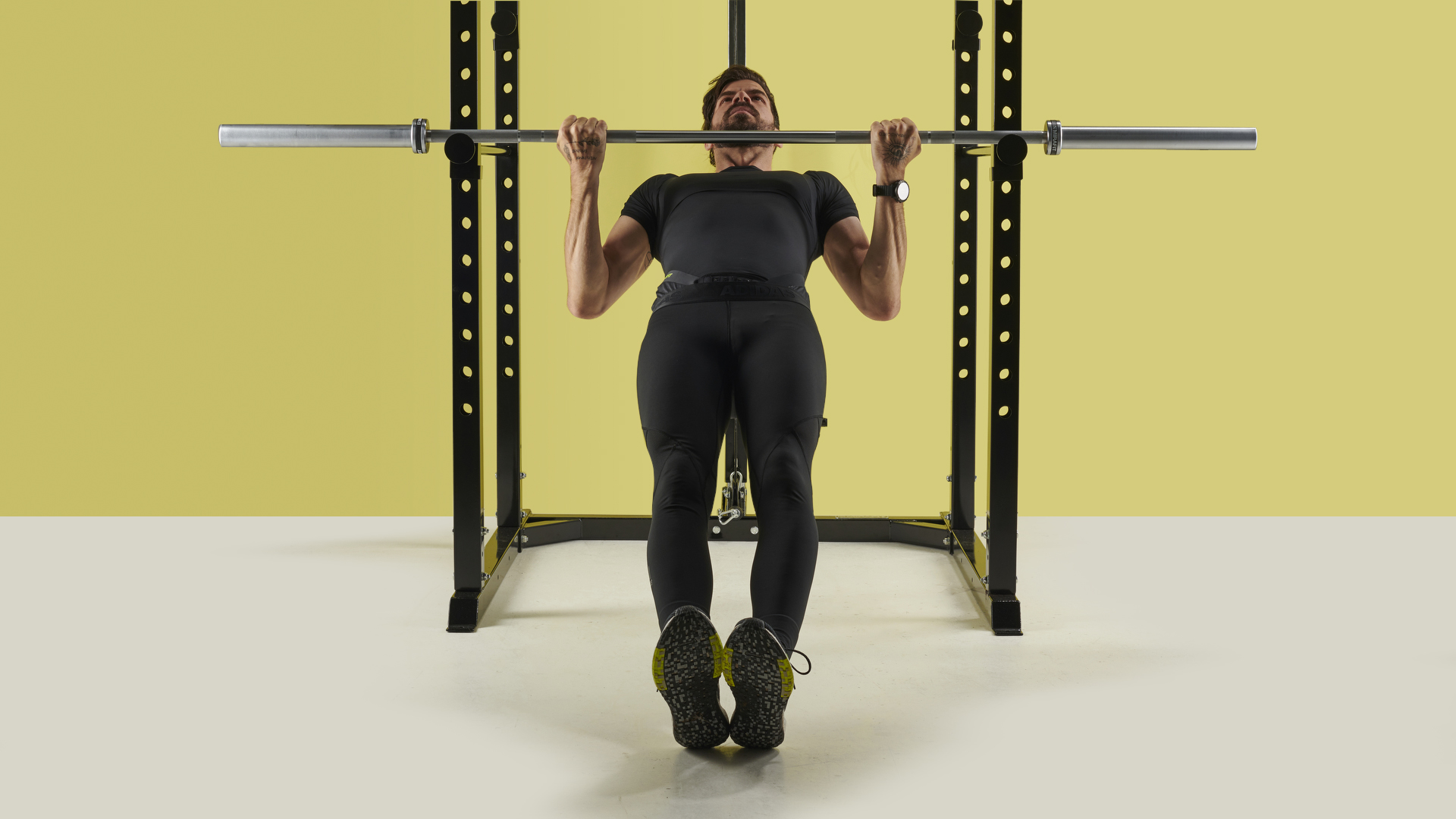5 row variations to sculpt a stronger back and their unique benefits
You need to row to grow


A powerful, well-balanced physique starts with a rock-solid back; it shows fellow lifters that you’re no stranger to serious strength training and in order to do that, you need to incorporate rows.
Aesthetics aside for a second though, rowing exercises can improve your posture, make picking things up easier, and can give your other gym lifts a boost – like deadlifts and pull-ups, thanks to their pulling motion.
Whether you’re not sure what type of rowing variation to include in your training, or you’re looking to switch up your current row exercise, below are some of our favourites. Don’t be afraid to mix things up in your training and see what feels best for you.
1. Barbell row

The barbell row is arguably the most popular row variation you’ll see on the gym floor. This compound exercise works your entire back, including the lats, traps, rhomboids, rear delts, and even the biceps. Despite its popularity, not everyone gets on with it. This is because it can place a lot of stress on the lower back. Good form – including solid core strength and a decent hip hinge – is therefore required. If you can nail these, then it’s a brilliant back builder.
2. Single-arm supported dumbbell row

The unilateral nature of the single-arm row ensures you build balanced strength in your back, as you work one side at a time. It’s also a lot more beginner-friendly than the bent-over barbell row, as you support your non-working leg and arm on a weight bench for extra stability. It targets the same muscles as the bent-over barbell row too. Just make sure you focus on rowing your elbow backwards rather than trying to just move the dumbbell with your arm, as your biceps will take over.
3. Meadow row

The meadow row is a variation of a single-arm row using a barbell and landmine attachment, with your body in a staggered hinge position. The exercise was invented by the late IFBB Pro bodybuilder and strength coach, John Meadows, and it’s great for building a strong upper back, hitting your rhomboids, traps, rear delts, and it will hit your lats too. Less strain is placed on the lower back and your forearms will get a great workout too, so your grip strength will get a boost too.
4. Seal row
If you really suffer from discomfort in the lower back, then you may want to consider the seal row. It involves lying face-down on a raised bench, so your body stays parallel to the ground, with a barbell positioned below you (although you can also use a pair of dumbbells). From this position, you pull the bar up toward your chest in a controlled motion. As you have no assistance from your lower body, it means all the work is being done by your upper back and lats – so no cheating, but big gains!
Get all the latest news, reviews, deals and buying guides on gorgeous tech, home and active products from the T3 experts
5. Inverted row

This bodyweight exercise is a great starting point for beginners, where you pull yourself up towards a fixed barbell while lying underneath it. You can make it easier or more difficult, depending on where you position the bar. Placing it higher means your body will be more upright, reducing the amount of weight you pull, whereas lowering the bar and placing yourself directly underneath it will make it more of a challenge. It may be a bodyweight exercise, but it’s great for growing those back muscles, particularly those in the upper and mid-back.

Bryony’s T3’s official ‘gym-bunny’ and Active Staff Writer, covering all things fitness. She is a certified personal trainer and also a part-time fitness instructor. In her spare time, you will find her in her natural habitat - the gym - where her style of training is a hybrid of bodybuilding and powerlifting. Bryony loves writing about accessible workouts, nutrition and testing innovative fitness products that help you reach your fitness goals and take your training to the next level.
You must confirm your public display name before commenting
Please logout and then login again, you will then be prompted to enter your display name.
